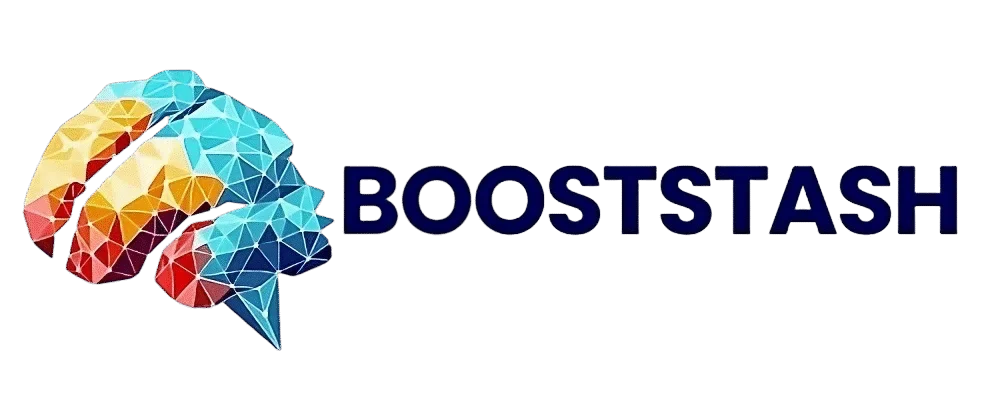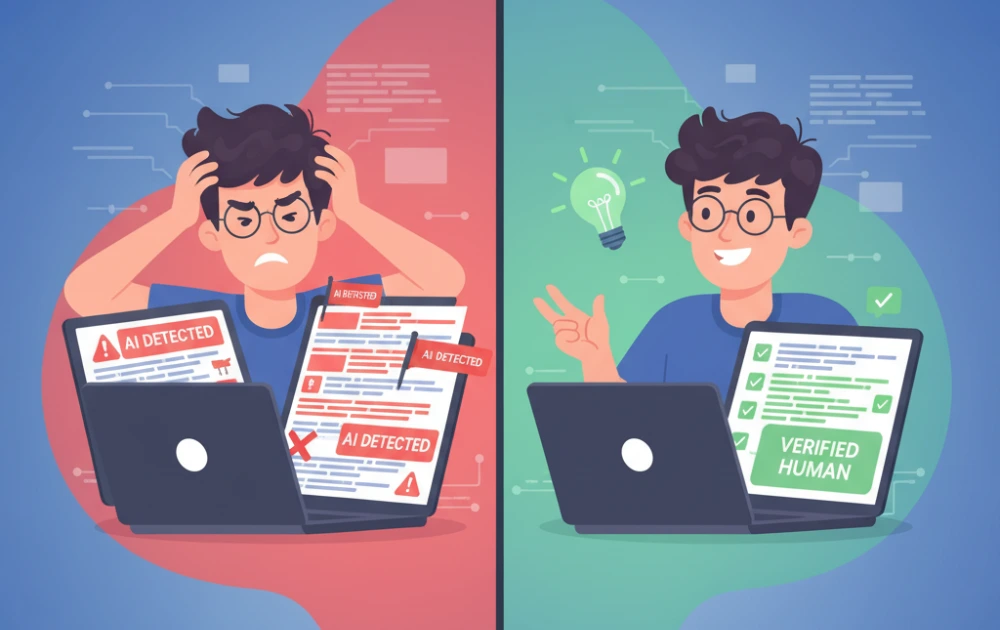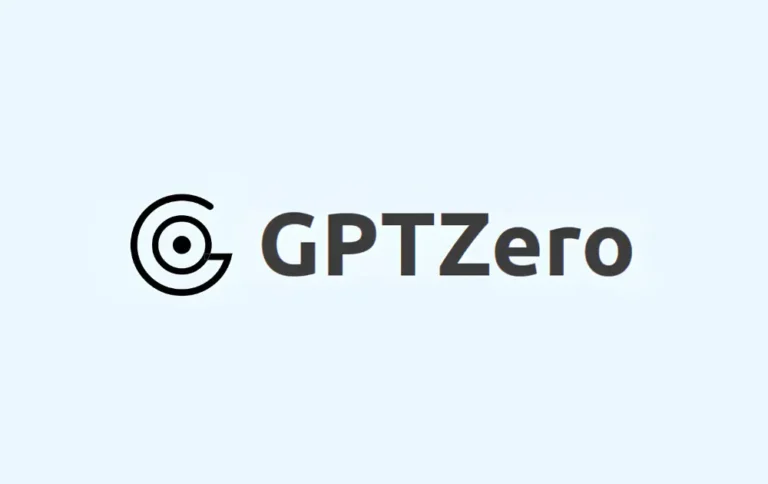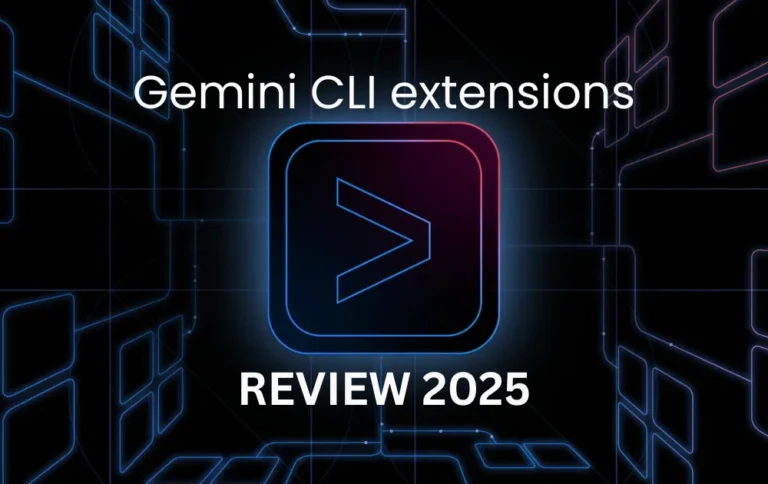Why AI Detectors Flag Your Human Writing (Fix It Now)
You spent six hours writing a research paper from scratch. No AI assistance. Just you, your sources, and a lot of coffee. Then your professor’s AI detector flags it as 87% AI-generated. Sound like a nightmare? For thousands of students and writers in 2025, it’s reality.
Here’s the truth: AI detectors flag human writing due to algorithmic biases, formulaic language patterns, non-native English writing styles, and over-editing with grammar tools. False positive rates range from 0.5% to 50% depending on the detector, with certain writing styles and demographics disproportionately affected.
In this guide, I’ll explain why false positives happen, who’s most at risk, and—most importantly—how to prevent them. I’ll also walk you through the exact steps to take if you’re falsely accused. Wondering which AI detectors have the lowest false positive rates? Check our complete AI detector comparison with accuracy testing.
Table of Contents
- What Is a False Positive in AI Detection?
- 5 Reasons Your Human Writing Gets Flagged as AI
- What Happens When You’re Falsely Accused
- 8 Ways to Protect Your Human Writing From False Positives
- Steps to Take If You’re Wrongly Flagged
- Common Questions About AI Detection False Positives
- The Bottom Line on False Positives
What Is a False Positive in AI Detection?
A false positive occurs when an AI detector incorrectly flags human-written content as AI-generated. It’s essentially a misdiagnosis—your authentic work gets labeled as artificial intelligence output when it’s 100% human.
Let me be clear about something important: If you wrote with heavy AI assistance and then edited it, that’s NOT a false positive. AI detectors correctly identify such content as AI-generated. A true false positive only applies to purely human-written work.
Why this matters more than you think
The stakes are real and serious:
- Academic consequences: Failing grades and even expulsion accusations
- Career impact: Job applications get rejected
- Professional damage: Freelance writers lose client trust
- Reputation harm: Professional reputations suffer overnight
- Psychological toll: Students report severe stress and anxiety when falsely accused
Let’s talk numbers. Turnitin claims a less than 1% false positive rate, but a Washington Post study found 50% in their testing (though with a smaller sample size). Originality.ai reports 0.5%, while GPTZero claims 1-2%. Here’s the sobering reality: if just a 1% false positive rate applied to the estimated 22.35 million college essays written annually by first-year students alone, that’s 223,500 innocent students wrongly flagged each year in the U.S.
This isn’t a theoretical problem. It’s happening to real people with real consequences.
5 Reasons Your Human Writing Gets Flagged as AI
1. Algorithmic Bias Against Non-Native English Speakers
AI detection models are trained primarily on native English writing. When non-native speakers use repetitive phrases, standardized vocabulary, or simplified sentence structures—all common when writing in a second language—algorithms misinterpret this as AI patterns.
The evidence is clear: studies show ESL students are flagged at significantly higher rates than native speakers. Why? Training data underrepresents diverse writing styles. Detectors mistake careful, deliberate phrasing for AI’s “safe” language choices.
Example: A Spanish-speaking student writing “It is important to note that…” repeatedly might sound formulaic to a detector trained on varied native English prose, triggering a false flag. The student is simply using familiar academic phrases they’ve learned, but the algorithm sees patterns it associates with AI.
2. Neurodivergent Writing Styles
Research indicates students with autism, ADHD, dyslexia, and other neurodivergent conditions are flagged more frequently. These students often rely on repetitive phrases, structured templates, and consistent terminology as coping mechanisms—patterns AI detectors associate with machine-generated text.
Here’s what happens:
- Neurodivergent writers may use repetitive sentence structures for clarity
- Reliance on familiar phrases reduces cognitive load
- Templates help organize thoughts consistently
- But detectors don’t account for neurodivergent communication styles
This creates a discriminatory system that penalizes students for cognitive differences, not academic dishonesty. The technology isn’t just imperfect—it’s actively biased against certain learning styles.
3. Overuse of Grammar Checkers Like Grammarly

Here’s an ironic twist: using tools to improve your writing quality can trigger AI detectors. Heavy editing with Grammarly, ProWritingAid, or Microsoft Editor creates uniformly polished prose that resembles AI output—grammatically perfect but lacking natural human “roughness.”
What specifically triggers detection?
- Elimination of all grammatical errors (humans naturally make small mistakes)
- Smoothed-out sentence transitions
- Vocabulary upgrades that sound overly formal
- Consistent punctuation patterns that feel too perfect
Important note: Originality.ai’s Lite model specifically allows for “light AI editing” like Grammarly’s spelling and grammar tools, but other detectors don’t make this distinction. You could be penalized for simply trying to submit quality work.
4. Formulaic or Templated Writing Styles
Academic essays, business reports, and technical documentation follow standardized formats: introduction, body paragraphs with topic sentences, conclusion. AI detectors trained on diverse creative writing may flag this predictability as non-human.
What gets falsely flagged?
- Five-paragraph essays with standard structure
- Scientific abstracts following journal templates
- Business emails using corporate language conventions
- Legal documents with boilerplate phrases
The catch-22 is brutal: following proper academic or professional writing conventions increases your false positive risk. You’re damned if you follow the rules, flagged if you don’t.
5. High Confidence Score Misinterpretation
A 60% AI score doesn’t mean 60% of your text is AI-generated. It means there’s a 60% probability the entire document is AI-written. Many students and professors misunderstand this, treating any score above 50% as proof of cheating when it’s actually a probability estimate.
Why do false confidence scores happen?
- Algorithms assign high confidence to ambiguous patterns
- Edge cases—formulaic writing, ESL, templates—push scores into “suspicious” ranges
- No detector is 100% accurate
- All have margins of error
Here’s the critical clarification: Even a 70% AI score could be a false positive if you wrote the entire document yourself. Probability does not equal proof.
What Happens When You’re Falsely Accused
The consequences aren’t abstract. They’re devastating and immediate.
Academic Consequences
- Failing grades on assignments
- Academic probation or suspension
- Scholarship loss
- Expulsion in severe cases
- Permanent marks on academic records that follow you for years
Professional Consequences
- Freelance content gets rejected by clients
- Job application materials are flagged as fraudulent
- Lost contracts and opportunities
- Reputation damage that’s nearly impossible to repair
The Psychological Toll
Might be worst of all. Students report severe stress and anxiety. There’s a profound feeling of injustice when you did nothing wrong. The erosion of trust between students and faculty damages the entire educational relationship. You’re treated as “guilty until proven innocent”—the opposite of how justice should work.
Let’s revisit the scale: with 22.35 million college essays written annually by first-year students alone, even a 1% false positive rate means 223,500 innocent students could be wrongly accused each year in the U.S.
AI detection companies advertise 98-99% accuracy, but that remaining 1-2% represents real students facing real consequences for work they genuinely created. Understand the limitations of popular AI detectors like Turnitin and GPTZero.
8 Ways to Protect Your Human Writing From False Positives
1. Embrace Strategic Imperfection
Humans make small, natural errors that AI doesn’t. Here’s how to implement this:
- Leave occasional minor typos that don’t affect comprehension (use sparingly)
- Keep some informal contractions—”can’t” instead of always “cannot”
- Allow natural sentence fragments for emphasis. Like this one.
- Don’t fix every single “issue” Grammarly flags
Important caveat: Don’t compromise quality. Just avoid robotic perfection. Your writing should still be excellent, just authentically human.
2. Vary Your Sentence Structure Deliberately
Humans mix short punchy statements with long complex ones. Action steps:
- Follow a long sentence with a very short one
- Mix simple, compound, and complex sentence types
- Avoid starting consecutive paragraphs the same way
- Break up lists and parallel structures with different formats
Try this pattern: Long explanatory sentence (20+ words) → Short emphasis (3-5 words) → Medium transition (10-15 words). The rhythm matters.
3. Include Personal Voice and Anecdotes
That’s your advantage. Add these elements:
- Personal examples like “When I researched this topic last semester…”
- Subjective opinions: “I believe…” or “In my view…”
- Behind-the-scenes process: “After reviewing 10 sources, I noticed…”
- Emotional reactions: “This frustrated me because…”
My guideline: Include at least 2-3 personal touches per 1,000 words. Make your presence felt.
4. Use Specific Details Over Generic Statements
That’s the difference. Replace generic writing:
- Instead of “Many researchers have found…” write “Dr. Sarah Chen’s 2024 Stanford study found…”
- Instead of “There are several benefits…” write “The three primary benefits—cost reduction of 23%, faster processing, and improved accuracy—suggest…”
Action: Every claim should have a specific number, name, or example. No vague hand-waving.
5. Limit Grammar Tool Dependence
- Use Grammarly for spelling and basic grammar only
- Don’t accept every suggestion, especially stylistic ones
- Avoid AI writing assistants’ sentence rewrites
- Keep your original phrasing when it’s clear enough
Best practice: Edit manually first, then use grammar tools as a final light polish—not the primary editor. You’re the writer. The tool is just checking your work.
6. Document Your Writing Process

- Use Google Docs with version history enabled
- Install Originality Report Chrome extension (it watches you write in real-time)
- Save multiple drafts with timestamps
- Keep research notes and outlines
Why this helps: If accused, you can prove your writing evolved over time—something AI can’t replicate. The revision history tells your story.
7. Break Formulaic Patterns
- Don’t use identical topic sentence structures for every paragraph
- Vary your transitions beyond “Furthermore,” “Moreover,” “In addition”
- Mix up how you introduce evidence and citations
- Avoid template phrases like “It is important to note that…”
Example fix: Instead of “Furthermore, another benefit is… Moreover, research shows… In addition, experts suggest…” write “Beyond cost savings, this approach… Recent research challenges… Experts like Dr. Martinez argue…” See the difference?
8. Check Your Work Before Submission
- Run your essay through GPTZero free tier (10,000 words per month)
- Test with ZeroGPT (unlimited free scans)
- Compare scores across 2-3 different detectors
If you get a high score on human-written work: Revise flagged sections with more personal voice. Add specific examples to replace generic statements. Vary sentence structure in highlighted areas. Re-test until scores drop.
Steps to Take If You’re Wrongly Flagged
- Stay Calm and Don’t Panic
False positives happen. You have rights and options for appeal. Deep breath. - Request the Full Detection Report
Ask your professor or client to show you exactly which sections were flagged and what tool was used. Details matter. - Provide Your Process Documentation
Share Google Docs version history, drafts, research notes, and outlines that prove the work evolved over time. This is your evidence. - Offer to Discuss Your Work
A genuine conversation about your research process, arguments, and sources demonstrates authentic authorship better than any detector. Let your knowledge shine. - Request Testing with Multiple Detectors
If one tool flags you, ask to test with 2-3 others. Inconsistent results strongly suggest a false positive. - File a Formal Appeal if Necessary
Most institutions have academic integrity appeal processes. Document everything. Use your evidence. Fight for yourself.
Key message: AI detectors provide probability estimates, not proof. You’re entitled to a fair process and the benefit of the doubt.
Common Questions About AI Detection False Positives
Can AI detectors be 100% accurate?
No. Even the best detectors achieve 99% accuracy, meaning 1% of content is misidentified. All AI detection involves probability, not certainty. Anyone claiming perfect accuracy is lying.
Which AI detector has the lowest false positive rate?
Originality.ai Lite model reports 0.5% false positive rate, while GPTZero claims 1-2%. However, independent studies show variation based on writing type and demographics. No single detector is universally reliable.
Will using Grammarly get me flagged?
It can. Heavy editing with Grammarly creates uniformly polished prose that may resemble AI output. Use it for basic corrections only, not complete rewrites. Light touch is key.
Are certain students more likely to be falsely accused?
Yes. Research shows non-native English speakers and neurodivergent students face higher false positive rates due to repetitive phrasing and formulaic structures. The system is biased, whether intentionally or not.
The Bottom Line on False Positives
If you wrote your work yourself, you shouldn’t live in fear of AI detectors. While false positives happen, they’re preventable and defendable. By adding personal voice, varying your writing style, and documenting your process, you dramatically reduce your risk.
Let me be honest: the current system isn’t perfect. AI detection technology disproportionately affects certain students and creates an atmosphere of suspicion rather than trust. Until these tools improve—and they will, eventually—understanding how they work and their limitations is your best protection.
Write authentically. Check your work proactively. Know your rights if accused. Your genuine effort deserves recognition, not false allegations.
For more on AI detection accuracy and tool comparisons, visit our complete AI detector guide, explore Chrome extensions for AI detection, and discover proven methods to humanize AI content for legitimate use cases.







